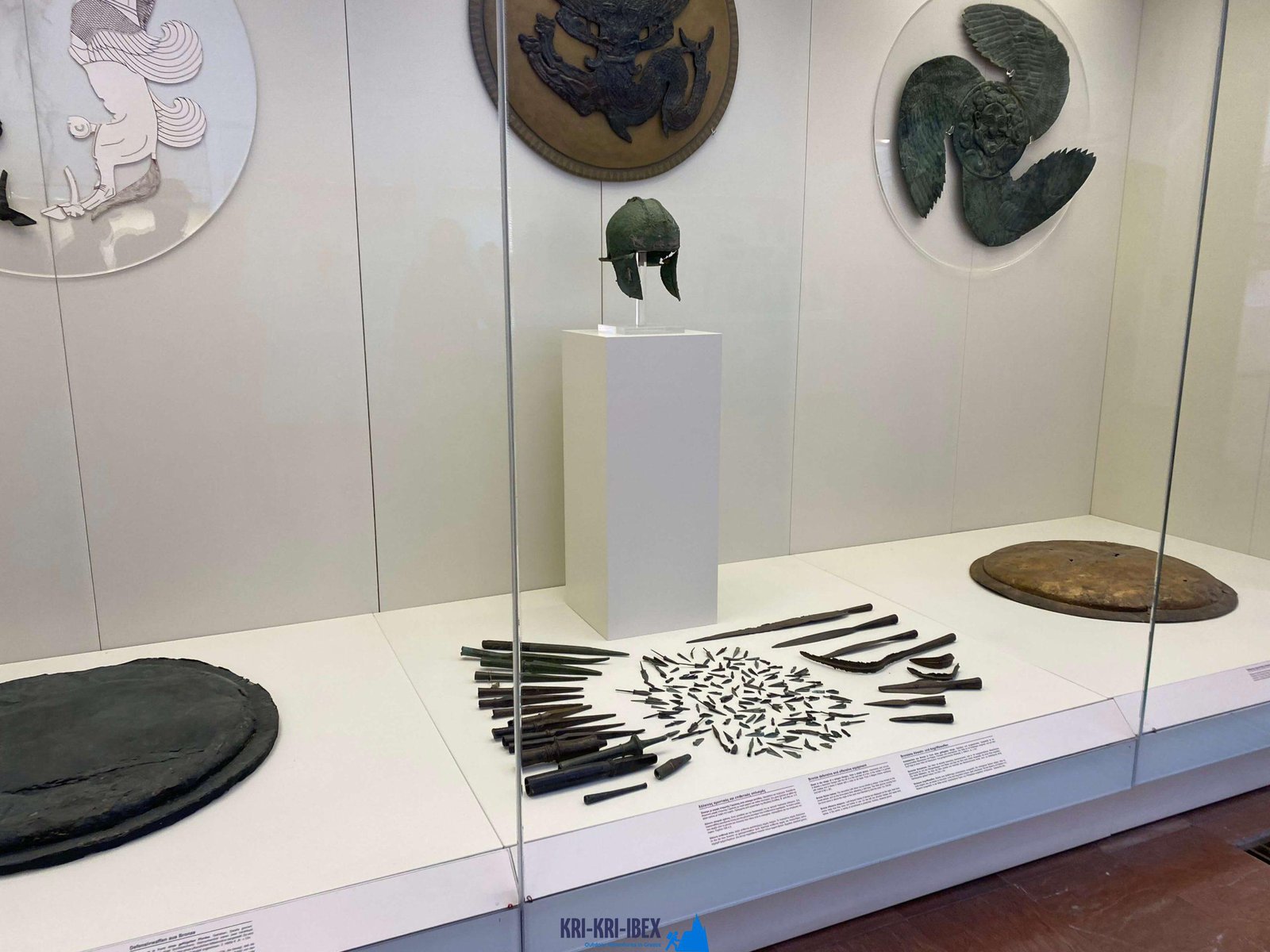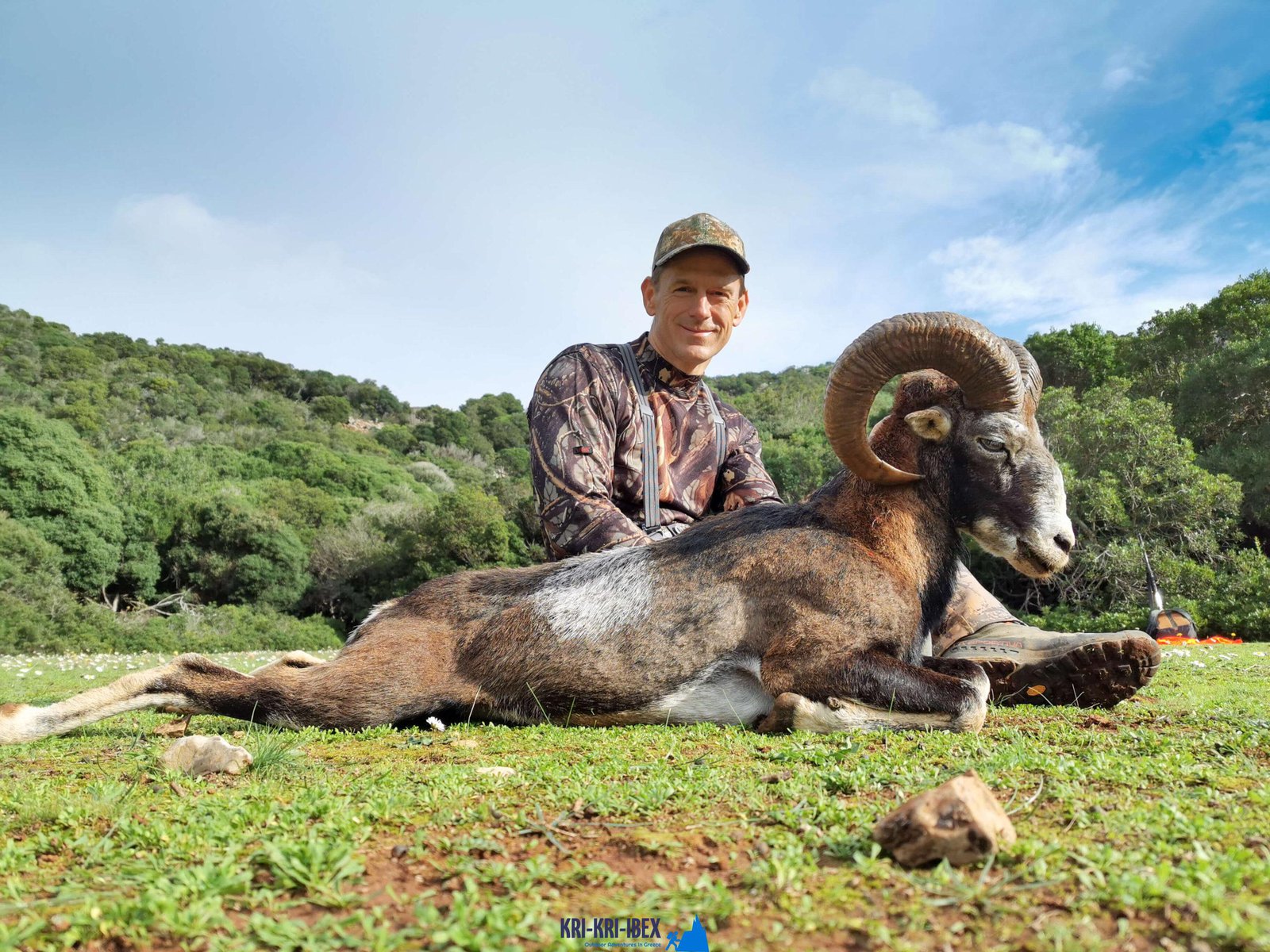Greece is waiting on you! Kri Kri ibex hunting in Greece!
Greece is waiting on you! Kri Kri ibex hunting in Greece!
Blog Article

They say that the Peloponnese peninsula is the "real" Greece. As well as we state, if you're searching for a memorable experience, our searching and also exploring Peloponnese trip from Methoni is the excellent method to experience all that this lovely country has to provide.

Pursuing the kri kri ibex in Greece can be a difficult task. Hunting big game in Greece is tough for international hunters. Swine and roe deer are the single choice for regional seekers besides the kri kri ibex, which is only hunted in meticulously protected special searching regions such as specific islands. The Kri Kri Ibex and also mouflon can only be shot on special searching locations from morning till twelve noon, according to Greek legislation. Slugs are the only ammunition allowed. You must reserve at least a year beforehand for a certificate. To make certain that just major hunters are permitted on these journeys, the Greek Ministry of Nature and Agriculture issues licenses. To make certain that the government issues a certain number of licenses annually.
On our Peloponnese tours, you'll reach experience all that this amazing area has to offer. We'll take you on a scenic tour of some of the most lovely as well as historic websites in all of Greece, consisting of old ruins, castles, as well as more. You'll also reach experience some of the conventional Greek culture firsthand by delighting in a few of the delicious food as well as white wine that the area is known for. As well as obviously, no trip to Peloponnese would be full without a dip in the sparkling Mediterranean Sea! Whether you're a knowledgeable seeker searching for a newbie traveler or a new journey just wanting to discover Greece's sensational landscape, our Peloponnese excursions are best for you. So what are you awaiting? Reserve your trip today!
Look no better than the Sapientza island in Greece if you are looking for Kri Kri ibex hunt and also unforgettable holiday location. With its magnificent natural beauty, scrumptious food, and also abundant society, you will not be dissatisfied. Reserve among our hunting as well as visiting Peloponnese Tours from Methoni today, dot forget your trophy Kri Kri ibex!
What is the diference between Kri Kri ibex, Bezoar ibex and hybrid ibex
The kri-kri is not thought to be indigenous to Crete, most likely having been imported to the island during the time of the Minoan civilization. Nevertheless, it is found nowhere else and is therefore endemic to Crete. It was common throughout the Aegean but the peaks of the 8,000 ft (2,400 m) White Mountains of Western Crete are their last strongholds–particularly a series of almost vertical 3,000 ft (900 m) cliffs called ‘the Untrodden’—at the head of the Samaria Gorge. This mountain range, which hosts another 14 endemic animal species, is protected as a UNESCO Biosphere Reserve. In total, their range extends to the White Mountains, the Samaria National Forest and the islets of Dia, Thodorou, and Agii Pandes.
This Ibex is NOT a diminutive form of the Bezoar Ibex, which has migrated into the western-most reach of the range of this species. The kri – kri (Capra aegagrus cretica), sometimes called the Cretan goat, Agrimi, or Cretan Ibex, is a feral goat inhabiting the Eastern Mediterranean, previously considered a subspecies of wild goat. The kri-kri has a light brownish coat with a darker band around its neck. It has two horns that sweep back from the head. In the wild they are shy and avoid tourists, resting during the day. The animal can leap some distance or climb seemingly sheer cliffs.
“The agrimi goat Capra aegagrus cretica is unique to Crete and its offshore islands. It has been identi®ed as a sub-species of the wild bezoar goat Capra aegagrus aegagrus Erxleben, 1777, which it closely resembles in horn shape, body form and coloration. This classi®cation has been disputed by some researchers who claim that the agrimi are feral goats, derived from early domestic stock brought to the island by the ®rst Neolithic settlers. In order to clarify this issue, DNA analyses (cytochrome b and D loop sequences) were carried out on tissue of live and skeletonized agrimi and compared to sequences of wild and domestic caprines. Results conclusively show the agrimi to be a feral animal, that clades with domestic goats (Capra hircus) rather than with wild Asiatic bezoar. This study demonstrates that morphometric criteria do not necessarily re¯ect genetic af®nities, and that the taxonomic classi®cation of agrimi should be revised.”
Report this page